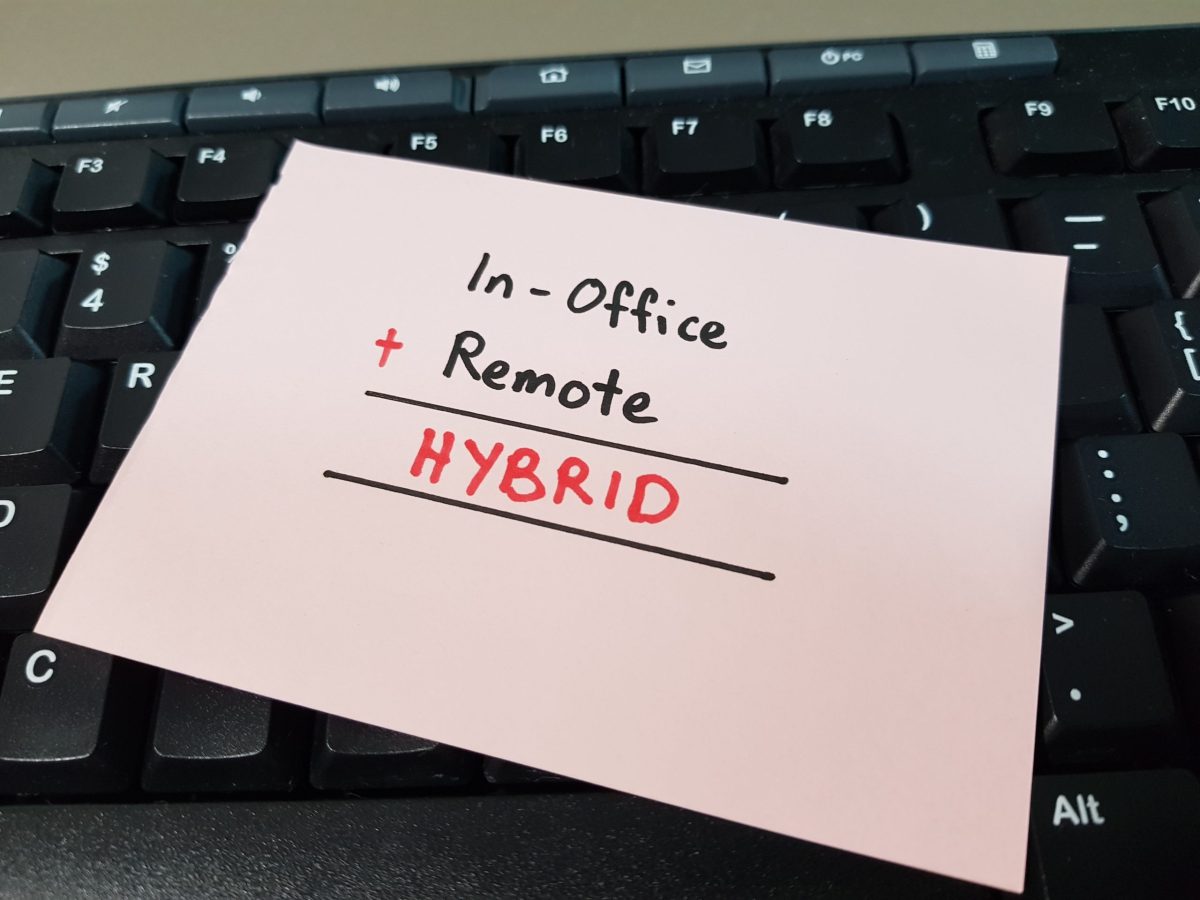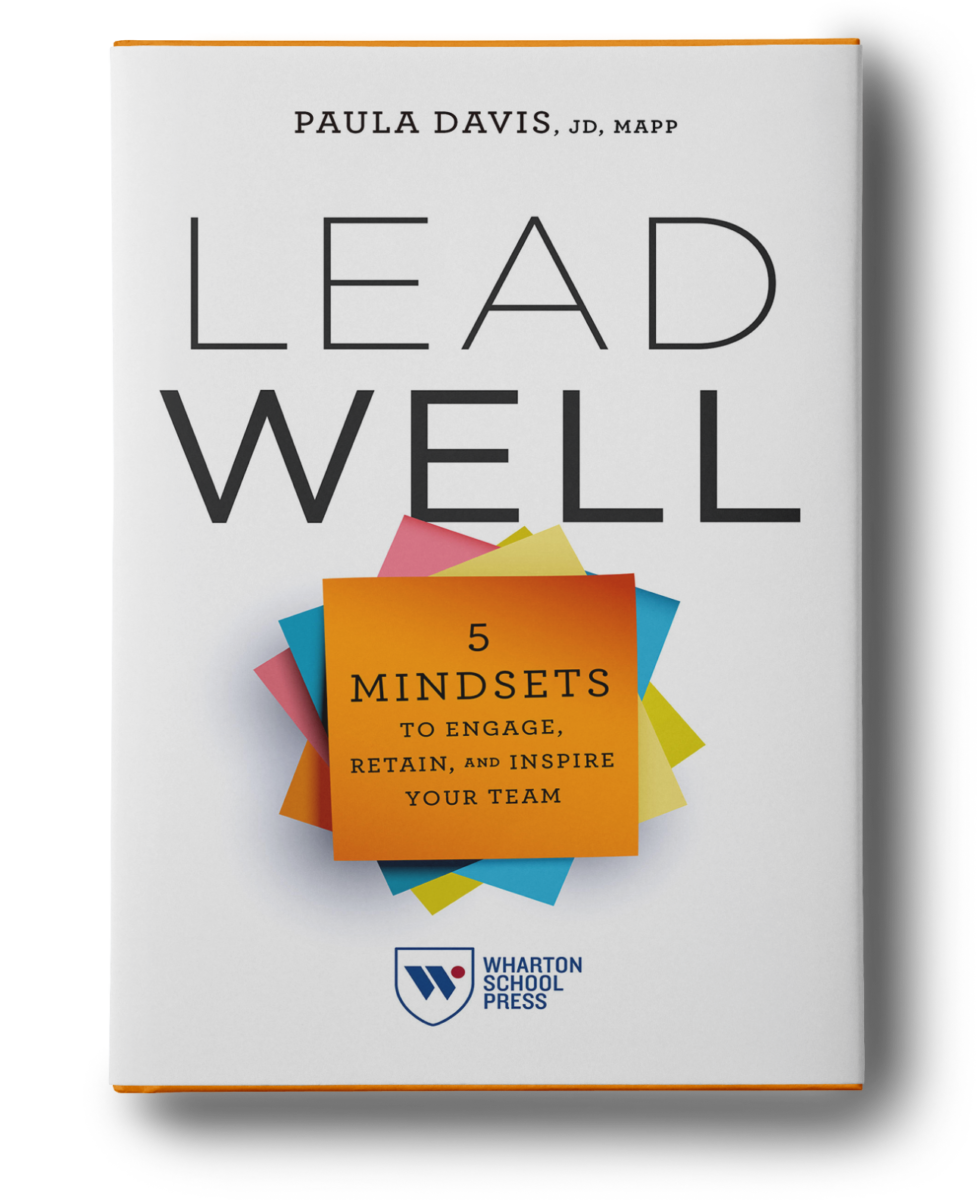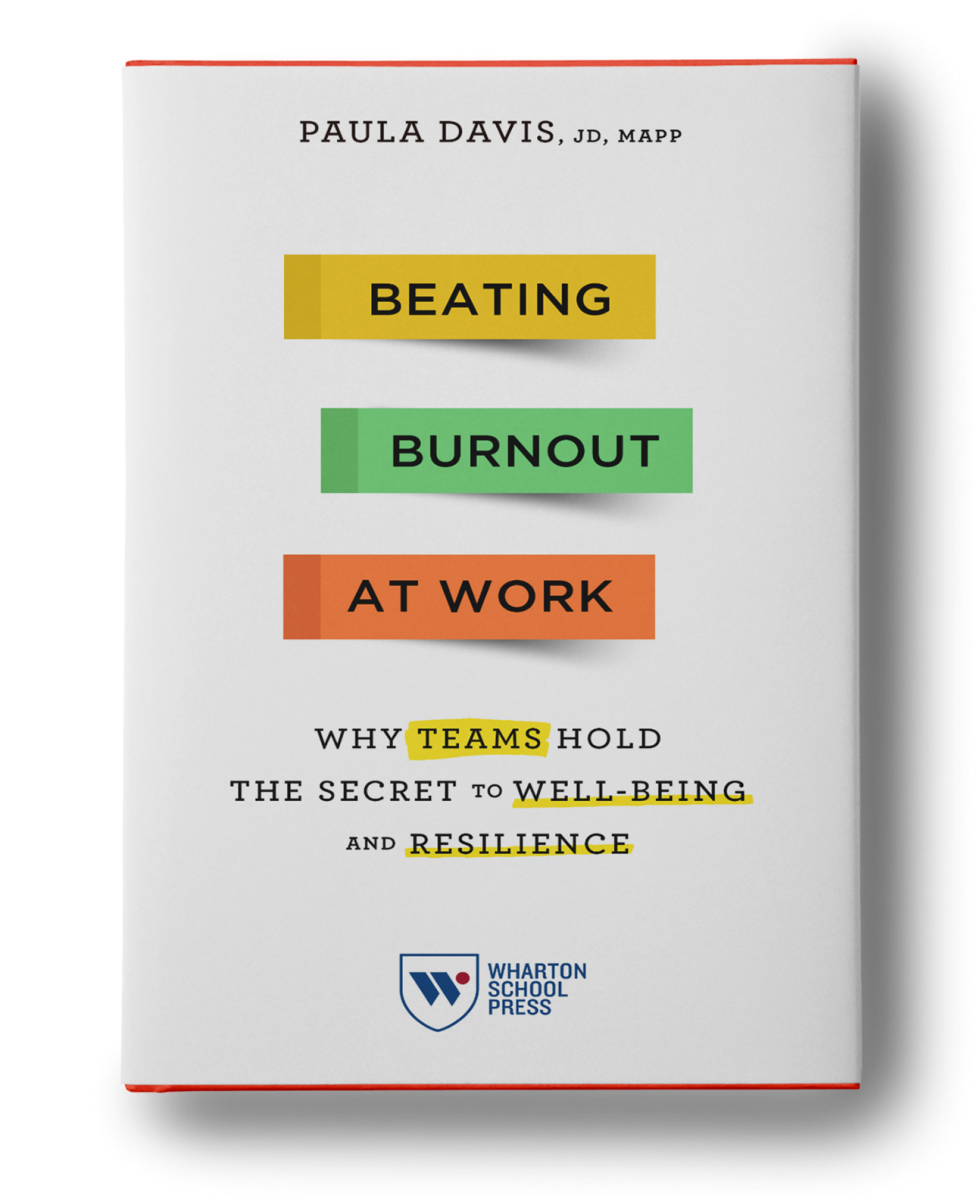One of the enduring effects of the pandemic will be the hybrid work model – a model of work that combines both remote work with a certain amount of in-office time. For many firms, implementing hybrid work arrangements has been complicated. One of the biggest challenges legal leaders mention about hybrid work is how to consistently mentor, give feedback, and otherwise build the relationships that spontaneously happened when everyone was collocated. Legal leaders must foster a sense of community among members when they are geographically dispersed. Belonging is the need to feel connected to others, to feel like you are part of groups that are important and significant to you, and to create strong relationships. Belonging is such an important psychological need for lawyers that it has been shown to be among the top three drivers of lawyer well-being and motivation. It’s especially critical that new professionals feel a sense of belonging quickly.
A good first step is to think about the goal you have for the interaction and the type of information to be discussed so you can select the channel that will best help facilitate the relationship. Communications experts call these channels rich vs. lean media. Rich media include social and collaborative tools, video, and face-to-face interactions often used for discussions where back and forth dialogue is required and/or when team members must discuss and interpret information and come to an agreement. Lean media are documents, email, and texts and are often effective methods of communication when new information needs to pass from one person to another (e.g., letting someone know that the meeting time was changed to 10:00am). Phone calls fall in the middle of the rich vs. lean media continuum.
This list will help you think about specific strategies to help foster belonging in hybrid teams:
- A group of general counsels recently noted that these strategies helped recent hires build strong relationships quickly: Allow new lawyers to shadow senior colleagues in meetings; schedule meetings with key partners across the company, which also helped lawyers appreciate the broader company culture; schedule extra time in 1:1 meetings to discuss non-work-related topics; and set up virtual coffee chats to celebrate personal and professional wins, ask questions, and seek feedback about legal matters lawyers are handling.
- Schedule regular 1:1 meetings to give feedback, mentor and check in, considering the best type of media (rich vs lean) for the conversation.
- Use “magic feedback” when you can. High-performing legal teams, at their core, are about solving hard problems together. To do that effectively, feedback is a must. In one study, a team of psychologists asked a group of students to write an essay. The teachers then provided different types of feedback. One type of feedback boosted students’ performance and effort so immensely that it was called “magic feedback,” and consisted of this simple phrase: “I’m giving you these comments because I have very high expectations, and I know that you can reach them.” This phrase is powerful because it delivers clear belonging cues: You are part of this group; this group is special – we have high standards here; and I believe you can reach those standards.
- Say a thank you “plus” – the plus part is detailing the behaviors you observed that led to the good outcome (e.g., say something like, “The way you structured the first page of that brief was excellent – I could see our position clearly and it helped me have a better conversation with our client” instead of just “thank you”)
- Provide greater responsibility to more junior lawyers for tasks that are both visible and important to the organization; give them opportunities to lead or develop new programs or training, and to speak or write on behalf of the legal organization
- Structure unstructured time so that team members can talk about non-work-related topics so that they continue to get to know each other.
- Ask remote participants speak first on calls so they aren’t forgotten or left out.
- Be mindful of conference room “side conversations.” Remote participants can inadvertently feel excluded when they join a call only to see several people huddled together in conversation.
- “Fill the bleachers” – the ease with which people can be added to a remote meeting creates a zero-cost opportunity for observational learning. Designate a few “bleacher seats” at important calls or meetings for associates and others who are interested to watch and learn more.
The pandemic changed the way many lawyers and legal professionals want to work. Hybrid teaming is now the expectation of many talented professionals – a model (and a skillset) that legal leaders and teams will need to continue to embrace and practice to retain top talent.
Please click here to order my new book, Beating Burnout at Work: Why Teams Hold the Secret to Well-Being and Resilience







